Photo Gallery for Acleris flavivittana - Multiform Leafroller Moth | 43 photos are available. Only the most recent 30 are shown.
|
 | Recorded by: Jim Petranka on 2024-03-13
Madison Co.
Comment: | 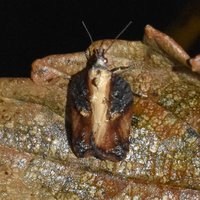 | Recorded by: David George, Jeff Niznik on 2023-11-08
Orange Co.
Comment: |
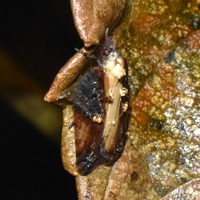 | Recorded by: David George, Jeff Niznik on 2023-11-08
Orange Co.
Comment: |  | Recorded by: Owen McConnell on 2023-10-20
Graham Co.
Comment: |
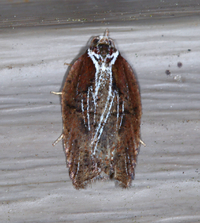 | Recorded by: Jim Petranka on 2023-04-28
Madison Co.
Comment: |  | Recorded by: Jim Petranka on 2023-04-05
Madison Co.
Comment: |
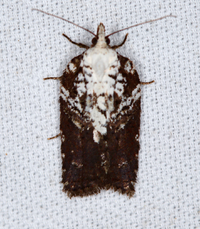 | Recorded by: Jim Petranka on 2023-03-26
Madison Co.
Comment: | 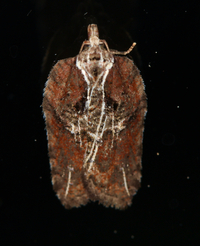 | Recorded by: Jim Petranka on 2023-03-23
Madison Co.
Comment: |
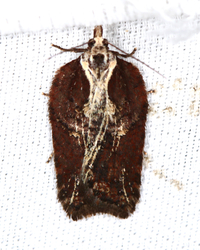 | Recorded by: Jim Petranka on 2023-03-01
Madison Co.
Comment: |  | Recorded by: Jim Petranka on 2023-02-28
Madison Co.
Comment: |
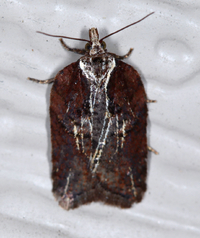 | Recorded by: Jim Petranka on 2023-02-23
Madison Co.
Comment: |  | Recorded by: Jim Petranka on 2023-01-02
Madison Co.
Comment: |
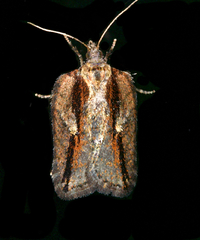 | Recorded by: Jim Petranka on 2022-11-05
Madison Co.
Comment: |  | Recorded by: Jim Petranka on 2022-04-11
Madison Co.
Comment: |
 | Recorded by: Jim Petranka on 2022-03-06
Madison Co.
Comment: |  | Recorded by: tom ward on 2021-10-25
Buncombe Co.
Comment: |
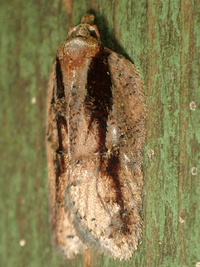 | Recorded by: tom ward on 2021-10-20
Buncombe Co.
Comment: | 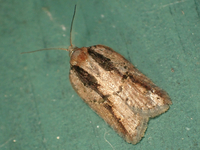 | Recorded by: tom ward on 2021-10-20
Buncombe Co.
Comment: |
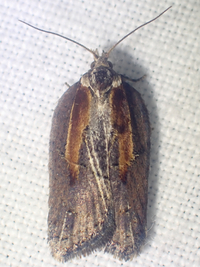 | Recorded by: tom ward on 2021-10-18
Buncombe Co.
Comment: |  | Recorded by: tom ward on 2021-10-13
Buncombe Co.
Comment: |
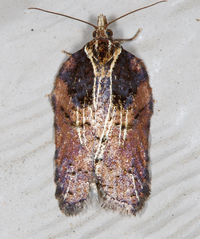 | Recorded by: Jim Petranka on 2021-03-26
Madison Co.
Comment: |  | Recorded by: Gary Maness on 2020-11-08
Guilford Co.
Comment: |
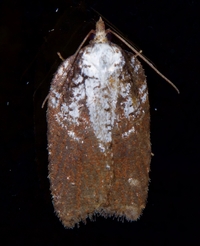 | Recorded by: Jim Petranka and Becky Elkin on 2020-05-02
Madison Co.
Comment: | 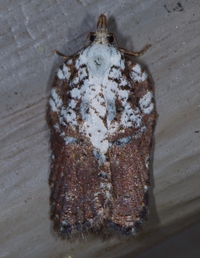 | Recorded by: Jim Petranka and Becky Elkin on 2020-04-06
Madison Co.
Comment: |
 | Recorded by: Gary Maness on 2020-03-29
Guilford Co.
Comment: | 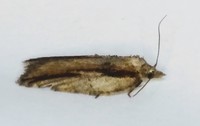 | Recorded by: Gary Maness on 2020-03-29
Guilford Co.
Comment: |
 | Recorded by: Gary Maness on 2020-03-29
Guilford Co.
Comment: |  | Recorded by: Gary Maness on 2019-10-19
Guilford Co.
Comment: |
 | Recorded by: Jim Petranka on 2019-07-29
Madison Co.
Comment: Determined by J.B. Sullivan based on dissection. |  | Recorded by: Jim Petranka on 2019-07-25
Madison Co.
Comment: |
|